## The Shōwa era is the period in Japanese history when Emperor Shōwa ruled the country.
It began on December 25, 1926 and ended on January 7, 1989. It is also the Japanese era which follows
the Taishō era and precedes the Heisei era.
It was the longest reign of any Japanese emperor.
Length: 150 cm, width: 126 cm with sleeves, 60 cm shoulders
During the Edo period (1603-1867), the different social classes were subject to severe rules, even in the way they dressed.
Indeed, silk was reserved for the nobility and warriors.
However, silk farmers began to manufacture fabrics for their own use from medium quality silk threads, which were impossible to market.
These fabrics which revealed irregularities on their surface and which in no way resembled silk (but rather cotton) were then very prized by the lower classes (merchants, bourgeois) who, thanks to this ingenuity, then had the possibility of wearing in complete peace a material which was forbidden to them. In the 20th century, the silk used regained its reputation and the silk used for kimonos, which are very expensive, is of very good quality.
Komon (小紋?): small pattern.
This is a kimono with a small repeating pattern.
This kimono is quite informal, and can be worn around town, or made more formal with a pretty obi (silk belt) for dining out.
Both married and single women can wear it.
FREE SHIPPING FOR FRANCE / €15 EUROPE / €25 WORLD colissimo post, delivery against signature
# On www.winsteinprovence.com you can appreciate a collection of around fifty old or semi-antique kimonos, on the "Asia" page.
any information or other photos, please call me on 06 13 36 09 30 or on winsteinprovence@gmail.com
www.winsteinprovence.com



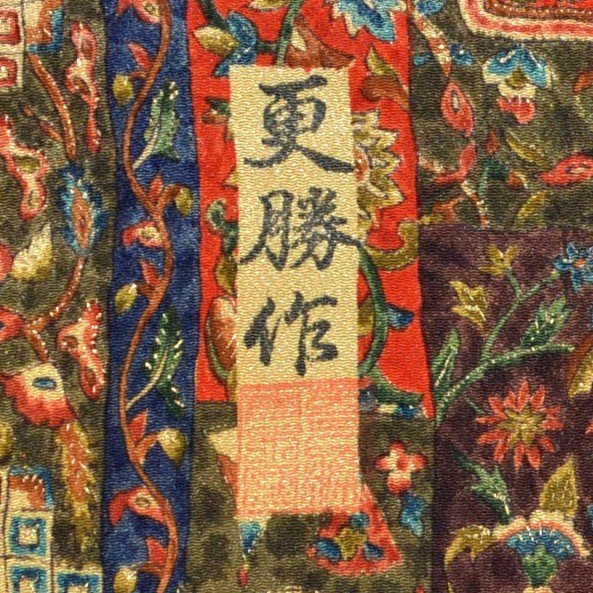
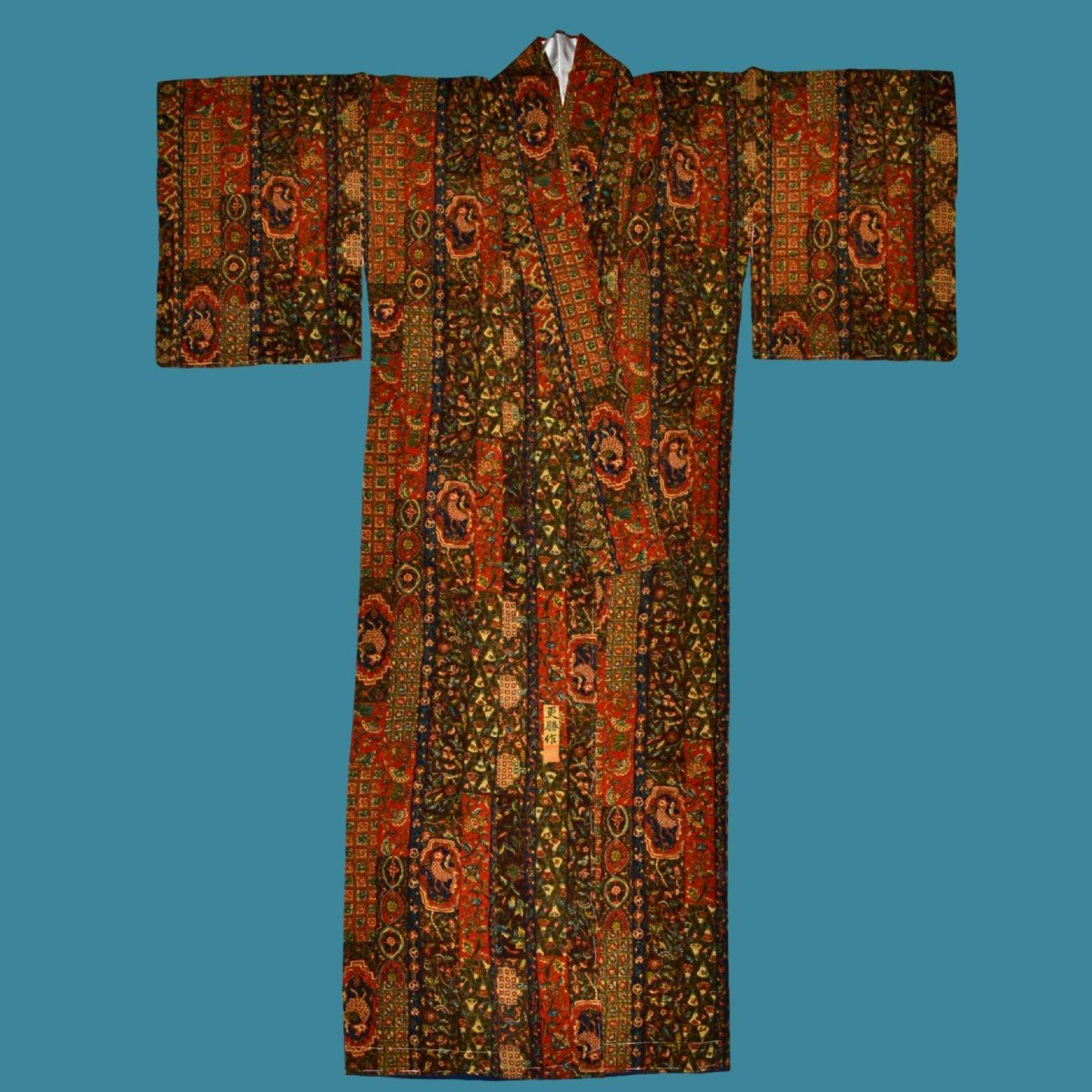
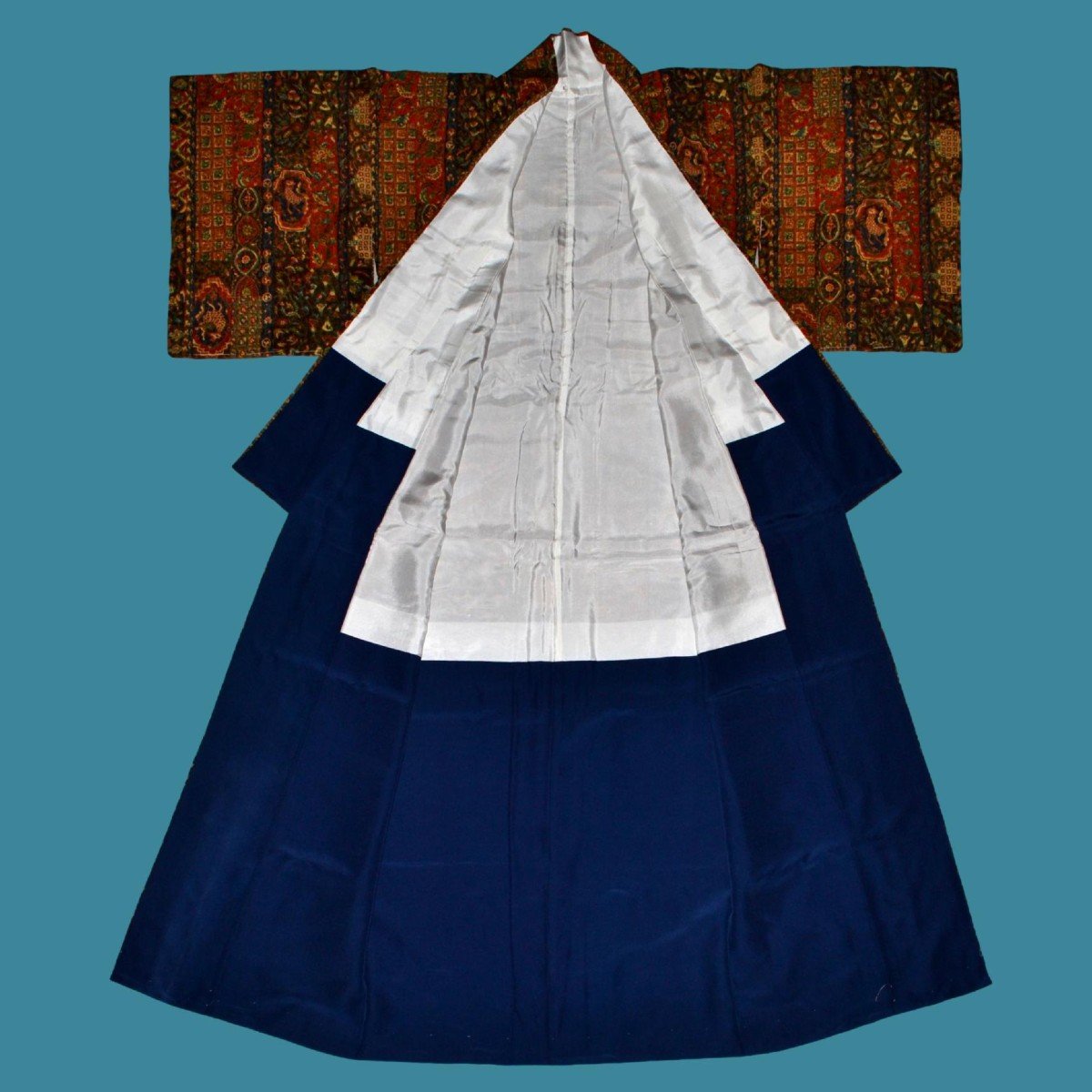
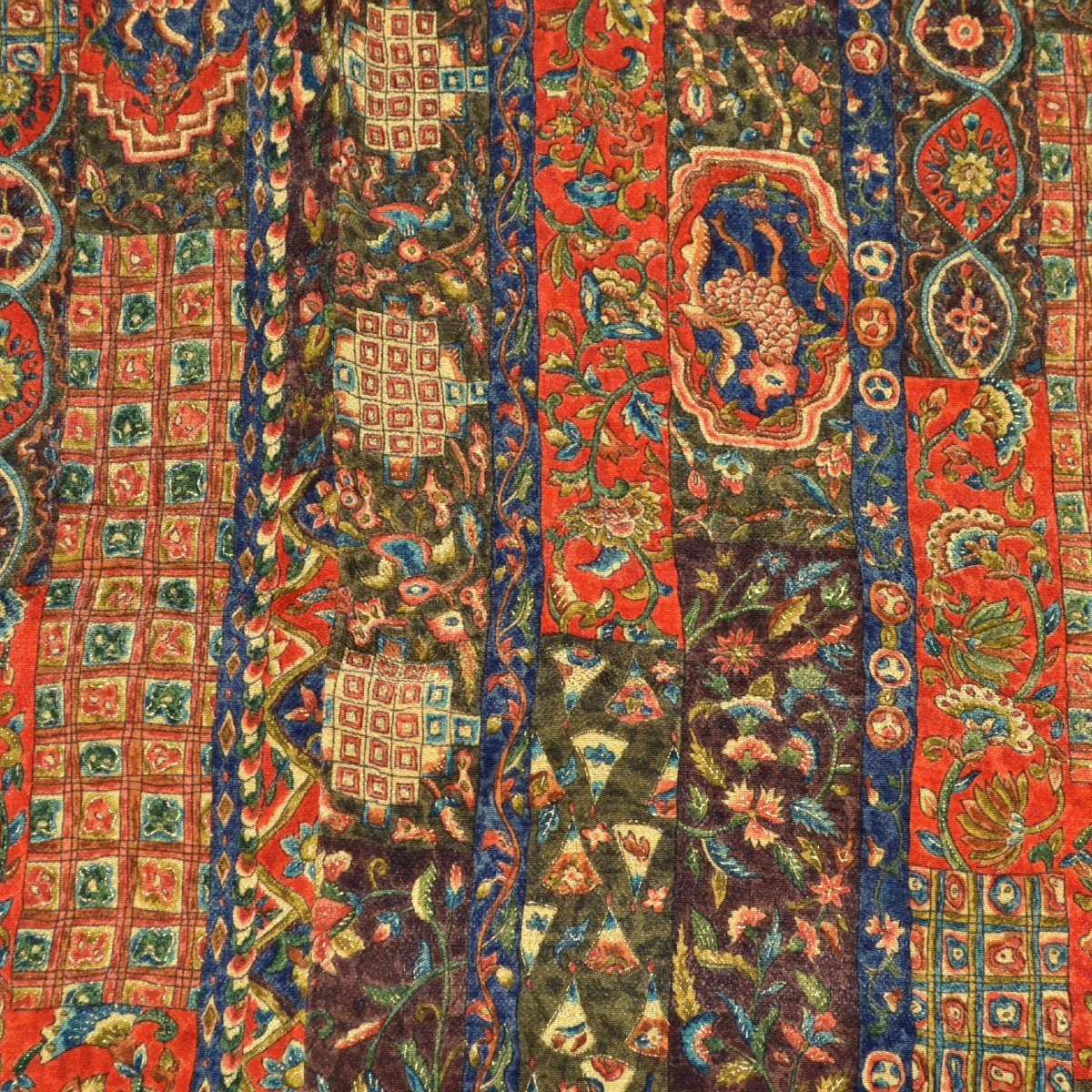
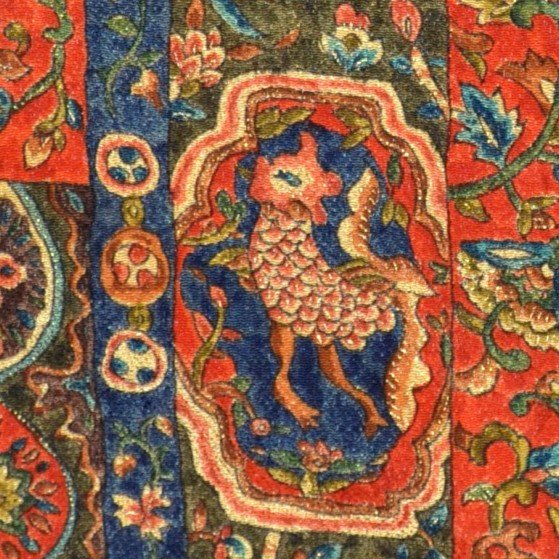
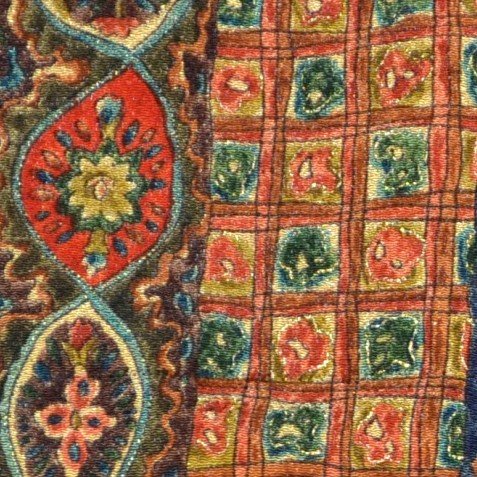
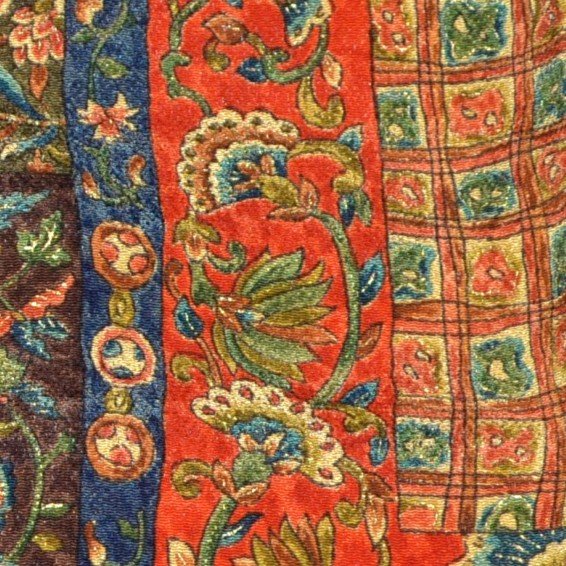
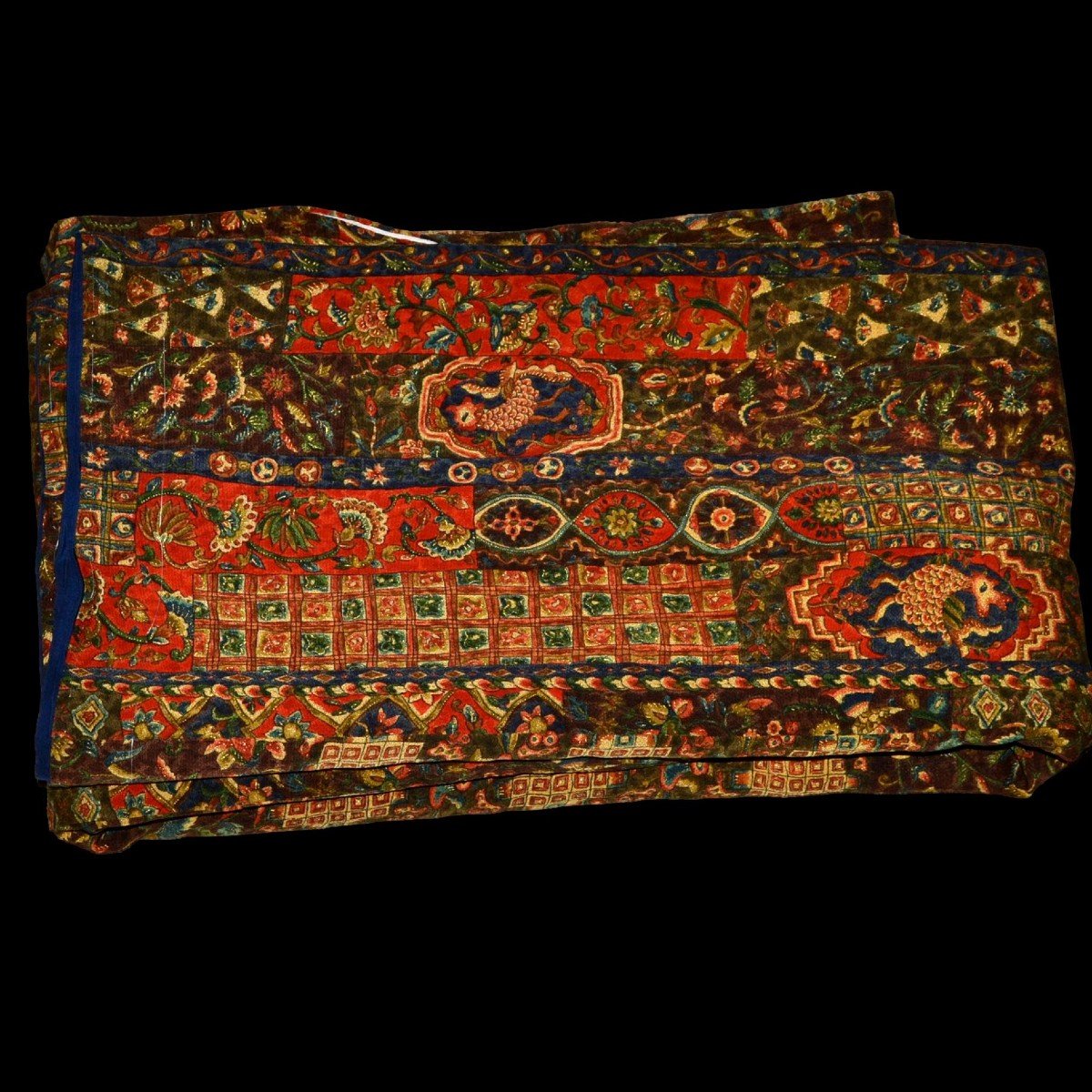
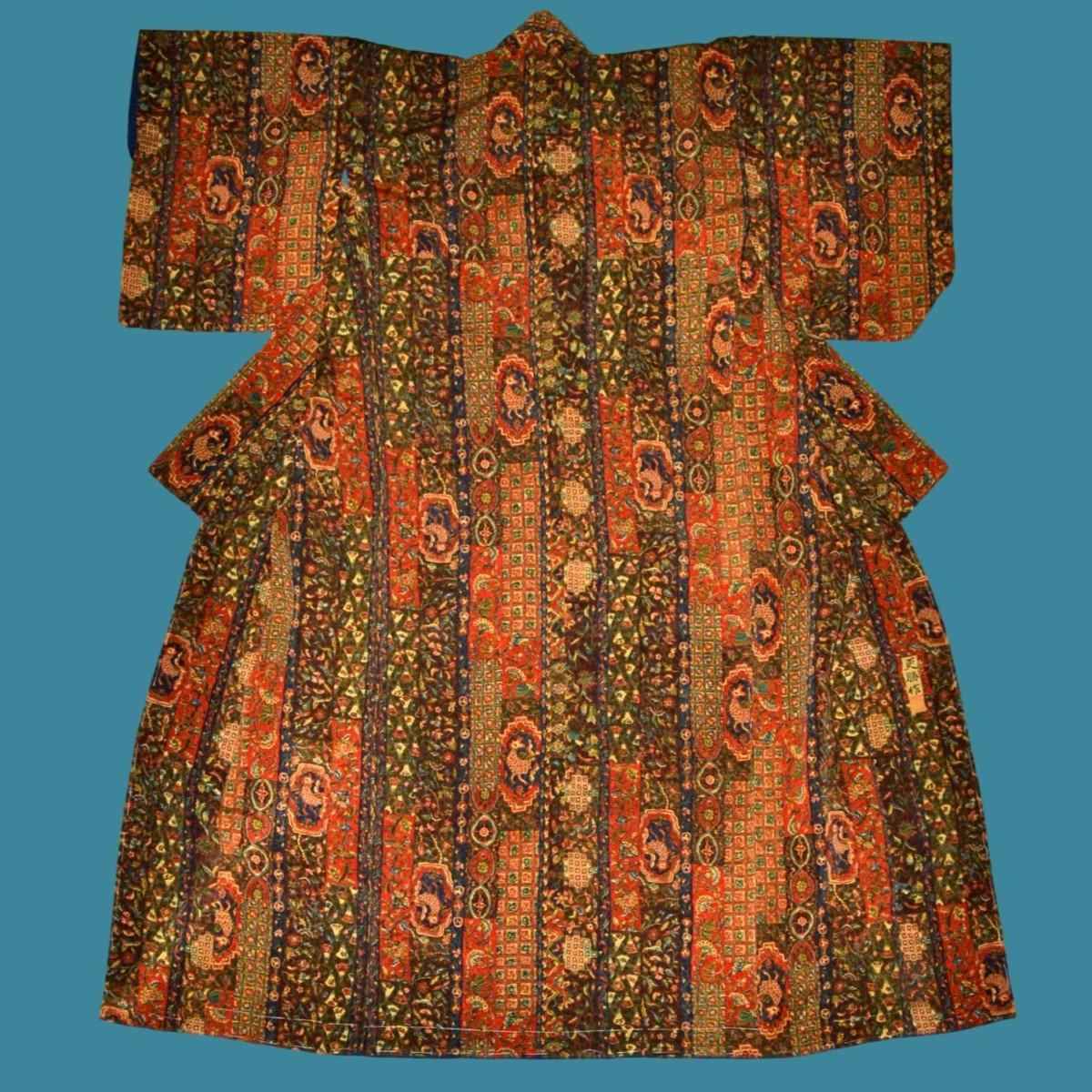
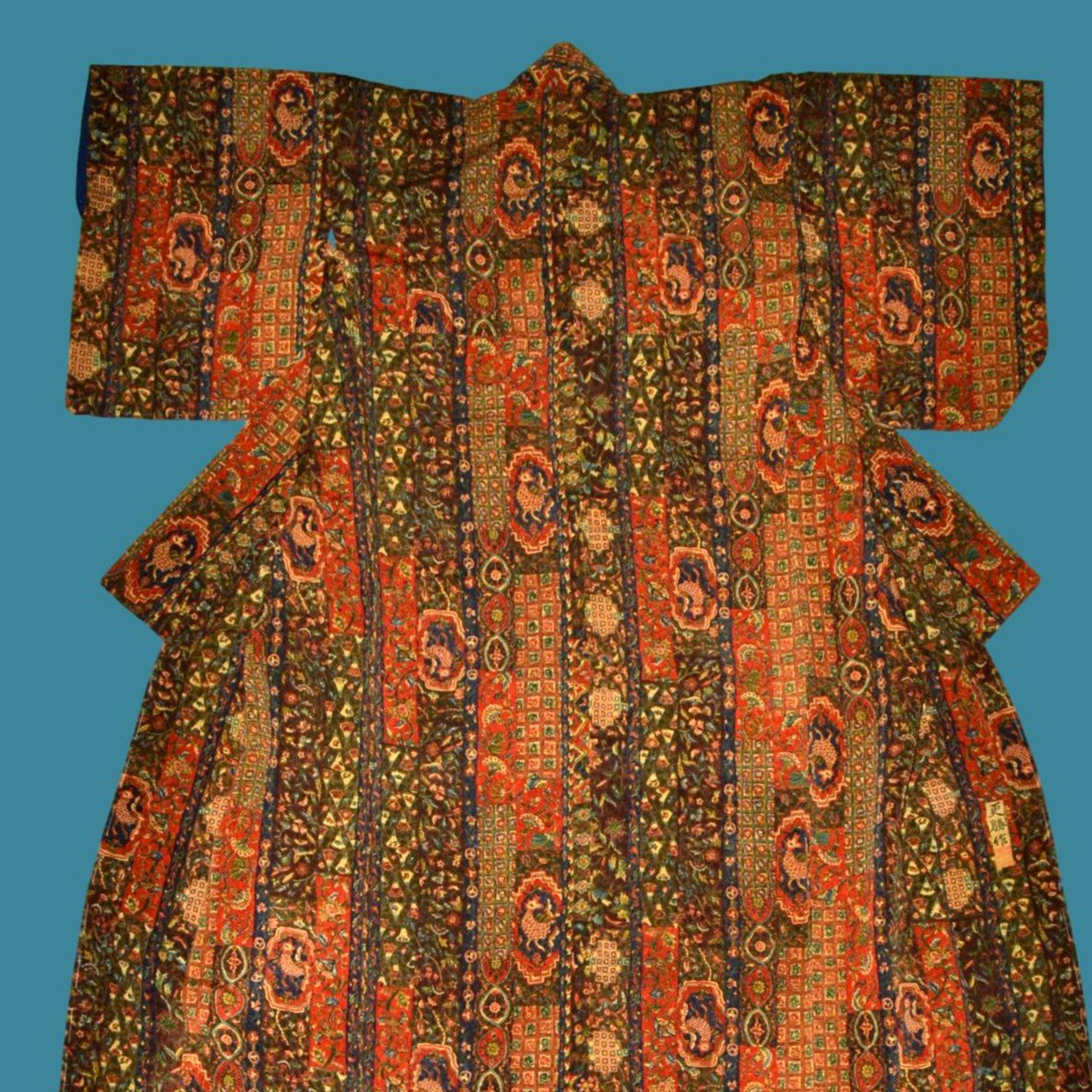
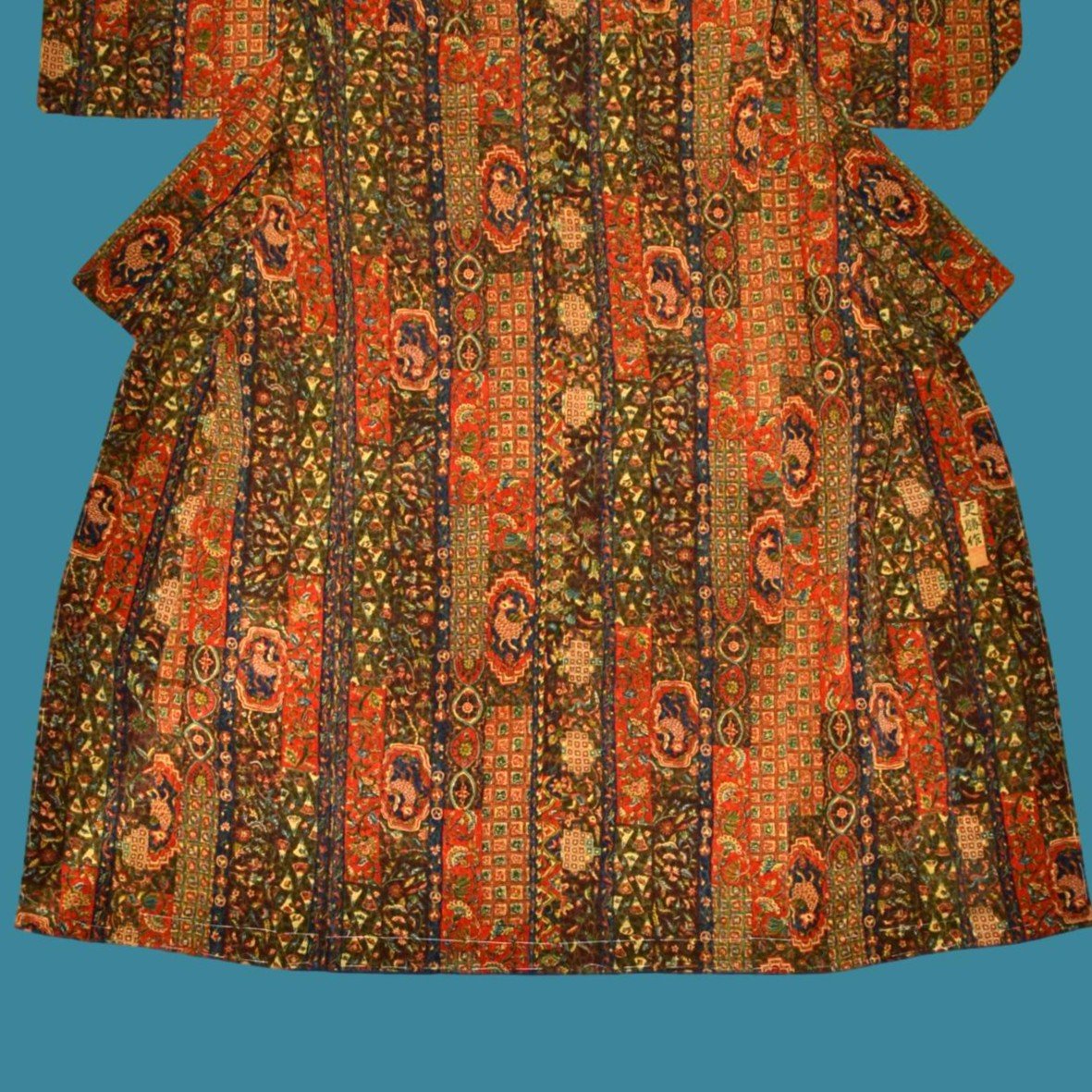
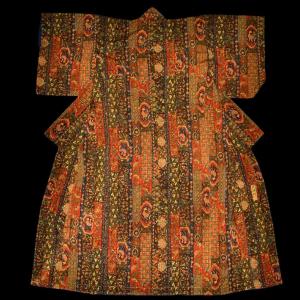













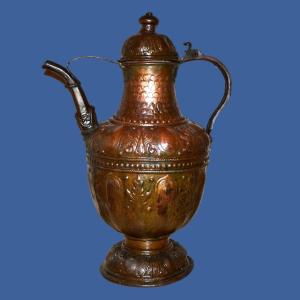

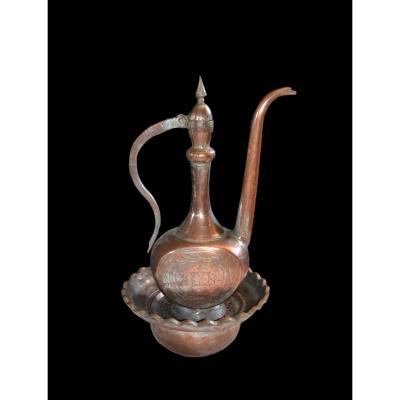

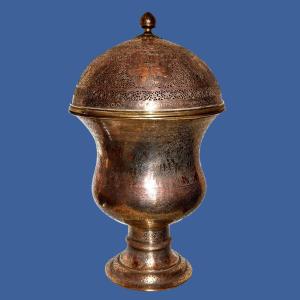

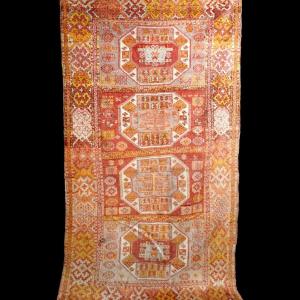

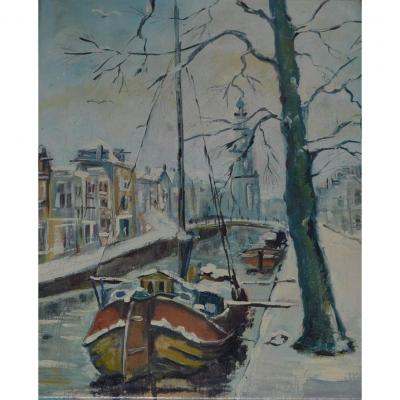
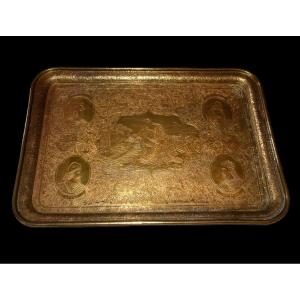
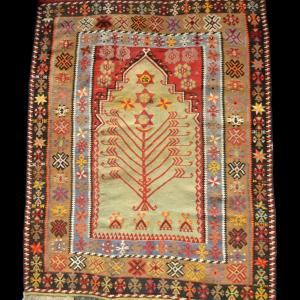



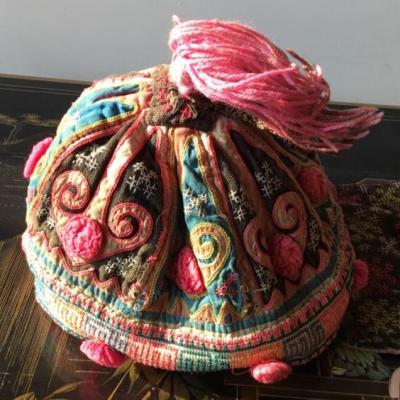

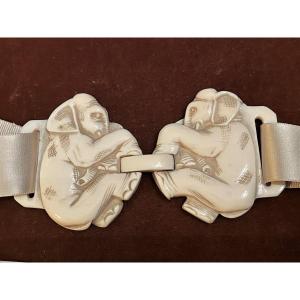
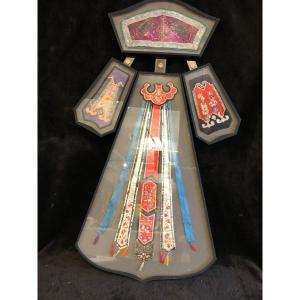
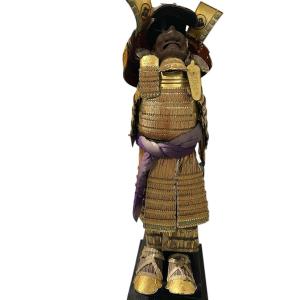



 Le Magazine de PROANTIC
Le Magazine de PROANTIC TRÉSORS Magazine
TRÉSORS Magazine Rivista Artiquariato
Rivista Artiquariato